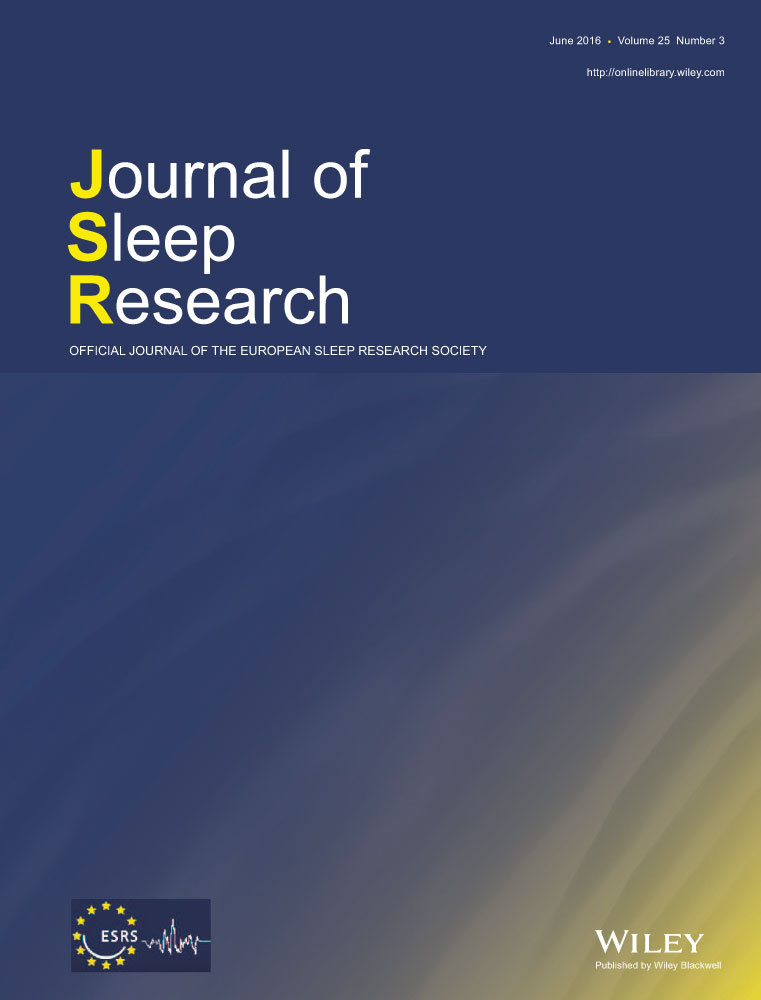Home dim light melatonin onsets with measures of compliance in delayed sleep phase disorder
Summary
The dim light melatonin onset (DLMO) assists with the diagnosis and treatment of circadian rhythm sleep disorders. Home DLMOs are attractive for cost savings and convenience, but can be confounded by home lighting and sample timing errors. We developed a home saliva collection kit with objective measures of light exposure and sample timing. We report on our first test of the kit in a clinical population. Thirty-two participants with delayed sleep phase disorder (DSPD; 17 women, aged 18–52 years) participated in two back-to-back home and laboratory phase assessments. Most participants (66%) received at least one 30-s epoch of light >50 lux during the home phase assessments, but for only 1.5% of the time. Most participants (56%) collected every saliva sample within 5 min of the scheduled time. Eighty-three per cent of home DLMOs were not affected by light or sampling errors. The home DLMOs occurred, on average, 10.2 min before the laboratory DLMOs, and were correlated highly with the laboratory DLMOs (r = 0.93, P < 0.001). These results indicate that home saliva sampling with objective measures of light exposure and sample timing, can assist in identifying accurate home DLMOs.




